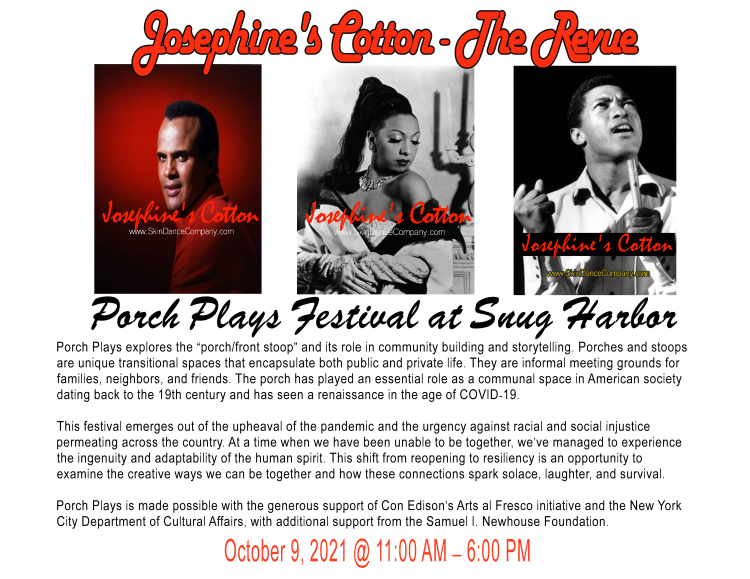
Tina Thompson-Pope, Executive Director/ Founder
Josef Woodson Co-Director/ Rehearsal Director
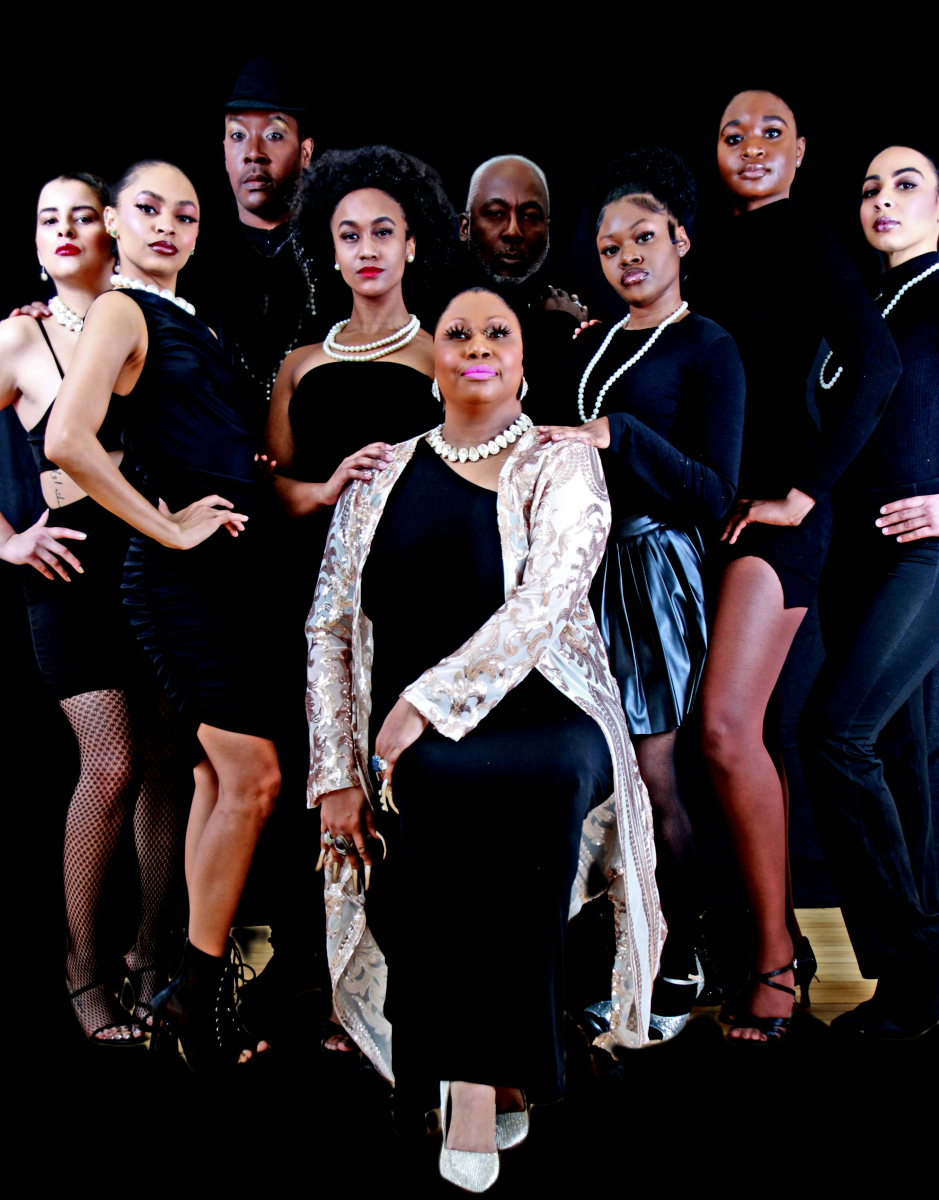
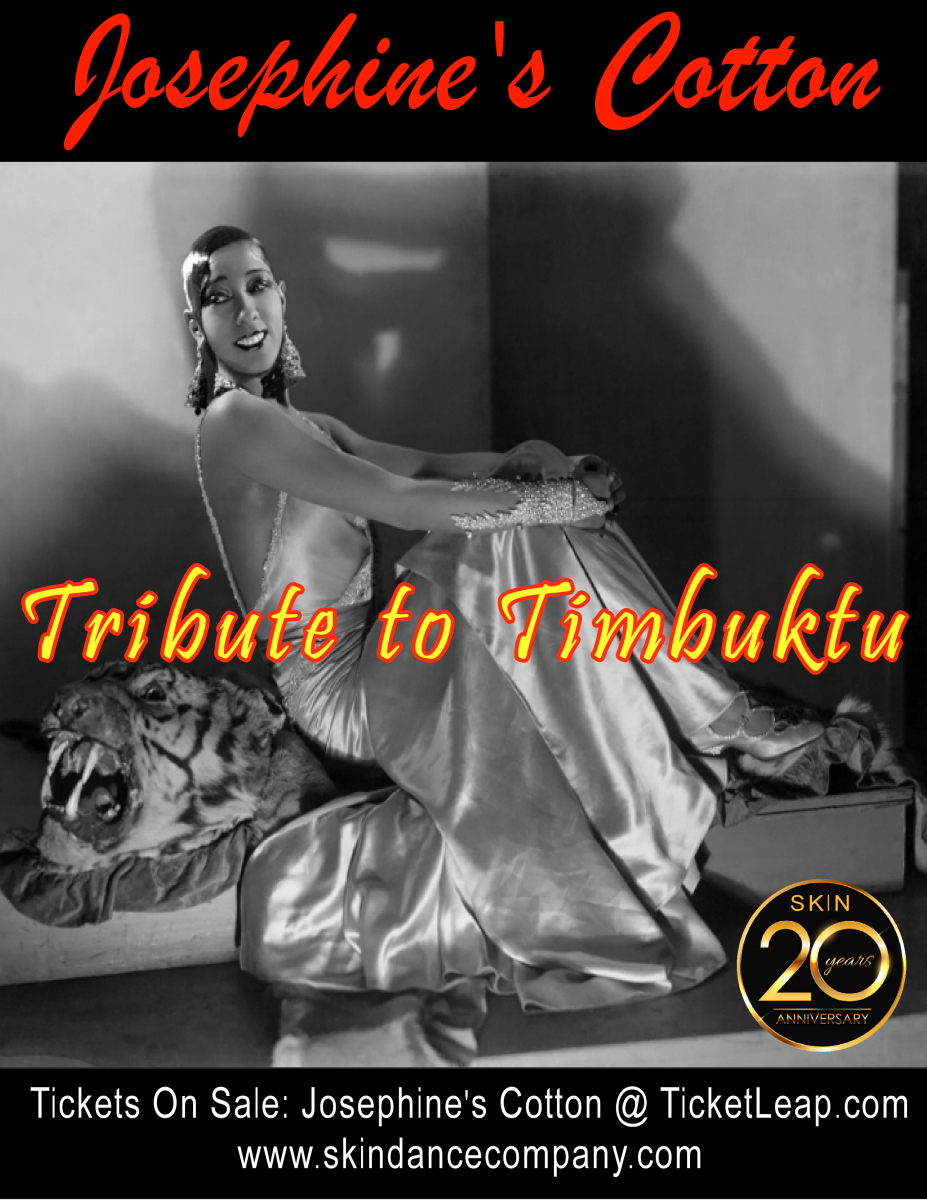
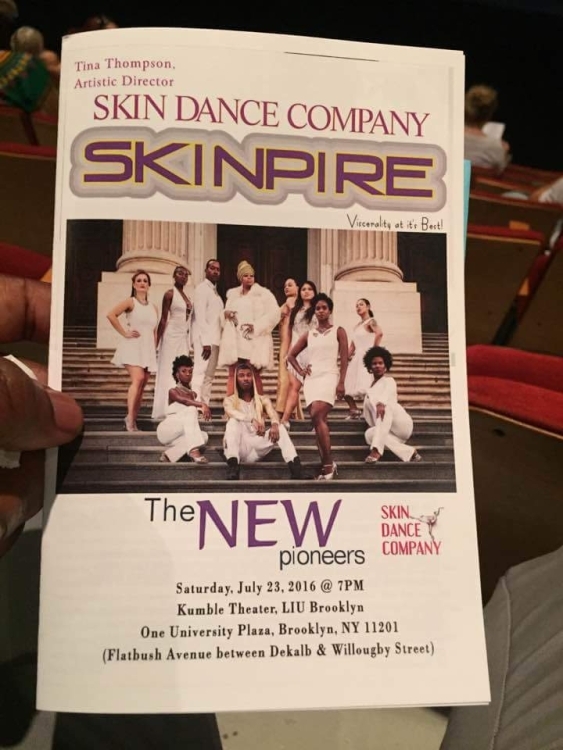
Travel back in time through song and dance to join Josephine Baker, the first Black American superstar, as she dives deeper into the experiences of her childhood and adult life. What is the Harlem she reimagines?
Through a series of reflections, fierce choreography and elaborate costuming Tina Thompson as Josephine Baker revises and re-imagines a world that could have existed during the Harlem Renaissance featuring icons such as Billie Holiday, Ella Fitzgerald, Harry Belafonte, Sam Cooke, Eartha Kitt, Carmen Miranda, Paul Robeson, Little Richard, Aretha Franklin, Duke Ellington, Dorothy Dandridge, Edith Piaf, Ben Vereen, and more. This fictional portrayal captures the timeless stories of potent pioneers through dance, humor, drama and song simply called THEATRE!
This show is encompassed with multi-talented artistry and ingenuity of Harlem in the 20s, 30s, 40s, and 50s Cotton Club era and beyond with a multimedia presentation of timeless pioneers!
Experience a revue of the Harlem Renaissance era, REIMAGINED!
Produced, directed, choreographed and conceptualized by Tina Thompson
Produced, directed, choreographed and conceptualized by Tina Thompson

Josephine Baker was born in St. Louis, Missouri, in 1906 to Carrie McDonald, a washerwoman and Eddie Carson, a vaudeville drummer. From a young age shetook up domestic work for white families in St. Louis, but by 14 was already taking to the stage. She toured the US with The Dixie Steppers in 1919, and garnered a reputation as an excellent chorus girl, whose dancing ability and comic expression were equally matched. But it was Paris, not the US, where Baker would become a star. When she travelled to Paris in 1925, aged 19, she found that racial segregation, which was part of everyday life in the US, was not the case in France. What had held her back in her fatherland, making her unable to perform to mixed audiences, did not exist in France. She quickly found a different life in Paris, where hotels, restaurants and entertainment venues weren’t segregated, and it was here that she truly made her name, and indeed her home. Baker opened in La Revue Nègre in Paris, and was an instant success. Her erotic and exotic style of dancing wowed the audience, kick-starting her incredible career.
When La Revue Nègre closed, Baker went on to star in La Folie du Jour at the Folies Bergère. It was here that her banana dance first captured the imagination of Parisian audiences, and has since come to encapsulate Baker and her exotic appeal. Baker emerged on the stage of the Folies Bergère scantily clad in a skirt of made of artificial bananas. The image was immortalized in Paul Colin’s poster, and has been reproduced many times since then. The V&A Museum in London, for example, holds a remarkable statue of Baker in her dress, created by Fritz Lampl around 1930. In more recent culture, Baker and her banana dress continue to be brought to life, appearing in multiple films and cultural productions, including Sylvain Chomet’s Les Triplettes de Bellville, where she takes to the stage alongside the triplets of his story. Away from the stage, Baker became the first African-American woman to star in an international film, La Sirene de Tropiques, and continued her entertainment career with recordings, firmly placing her as an all-round entertainer, who would later go on to perform sell out shows at New York’s Carnegie Hall. Baker was also something of a businesswoman, setting up her own nightclub, Chez Josephine, in Paris in 1926. Her talents, and Paris’s love for her went well beyond the banana dress that made her so famous.
SKIN Theatre Childrens Arts Initiative
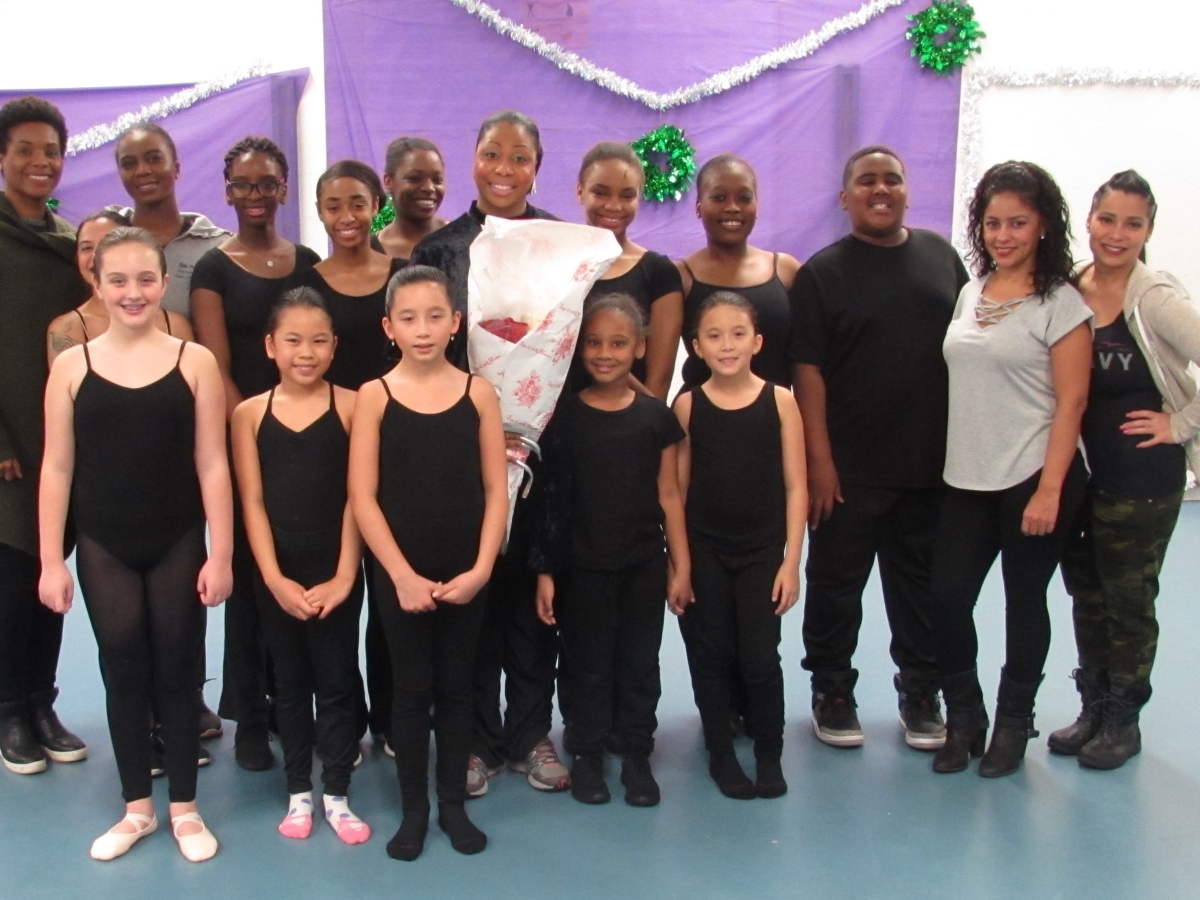

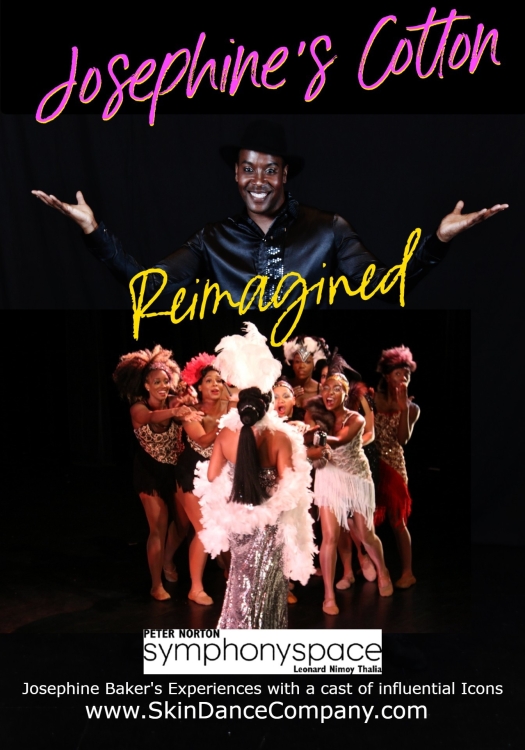

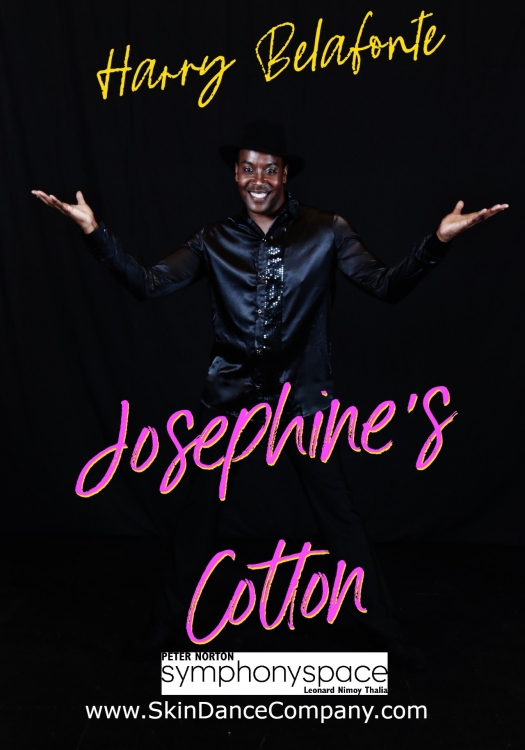
In Josephine's Cotton- The Revue, The First Black American Superstar dives deeper into her childhood, adult life experiences and reflections through imagining a world that might exist during the Harlem Renaissance movement. Imagine All of the Icons Meeting the Great Josephine Baker, Billie Holiday, Harry Belafonte, Sam Cooke, Aretha Franklin, Carmen Miranda, Duke Ellington, Cab Calloway, Ella Fitzgerald, Louis Armstrong, Eartha Kitt & More!
This fictional portrayal through stories of pioneers are timeless and sure to capture audiences globally. Josephine's experiences with a cast of exuberant influential icons will prove to be as timely as they are potent. Where legends collide!
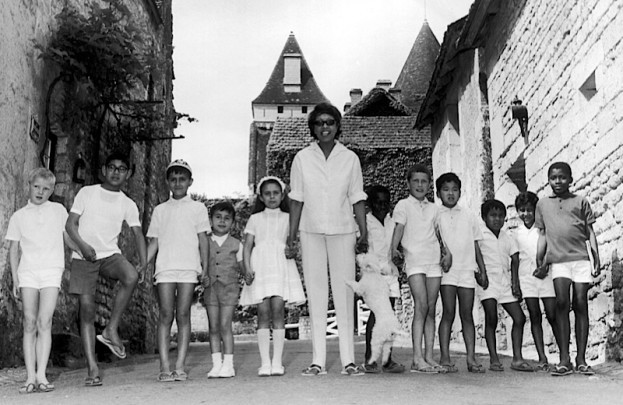
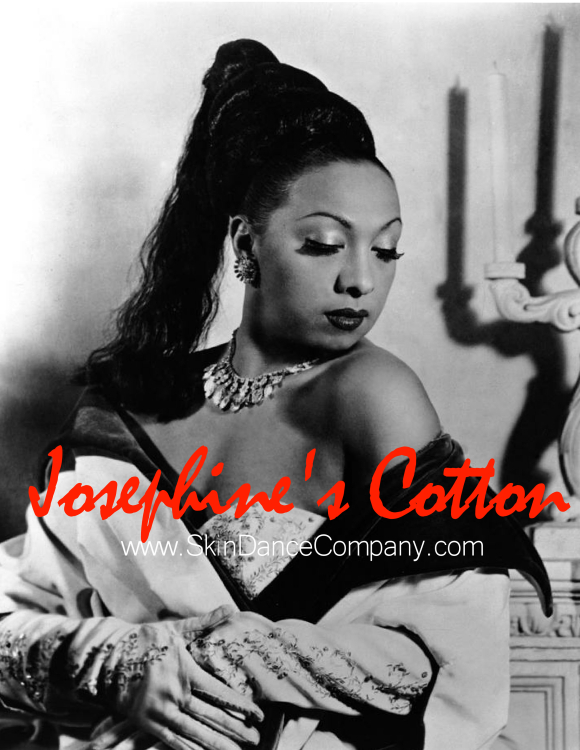
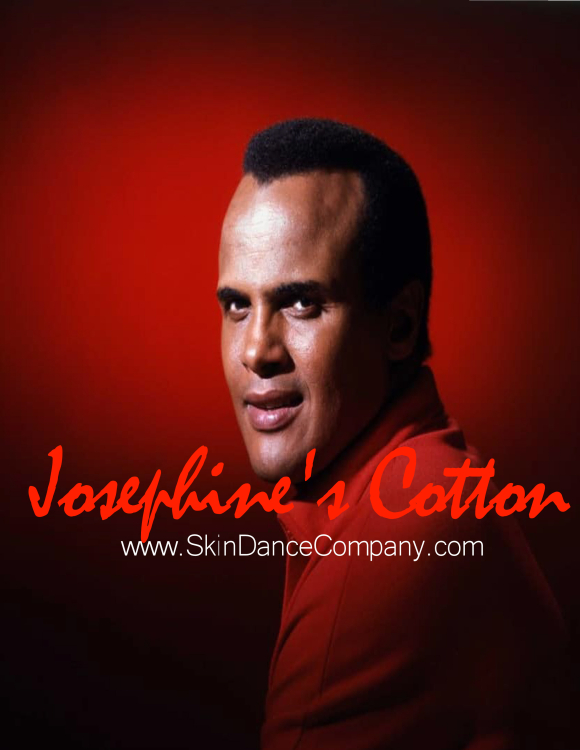
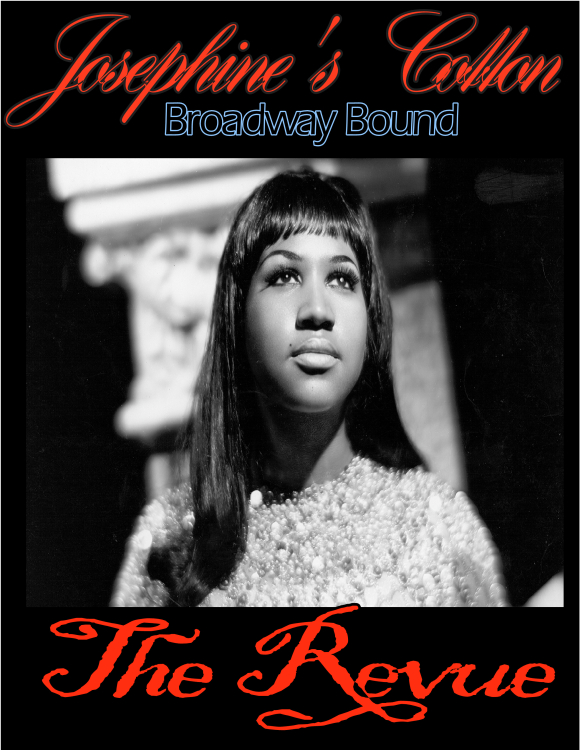
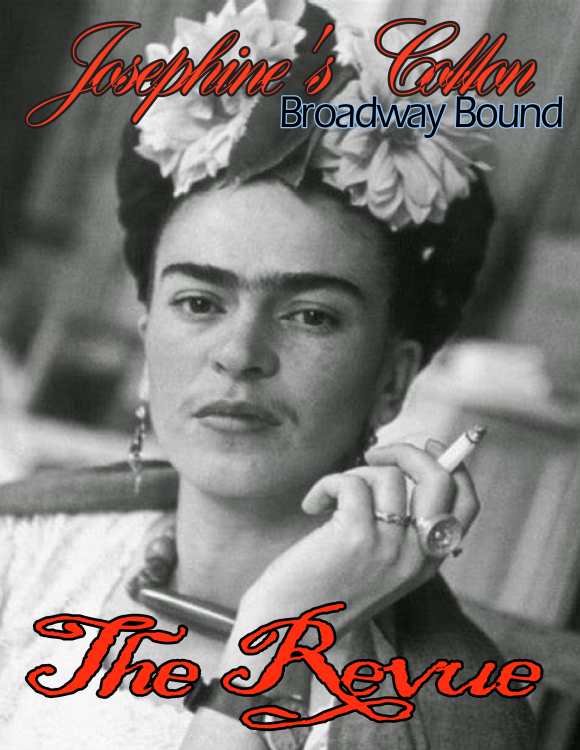
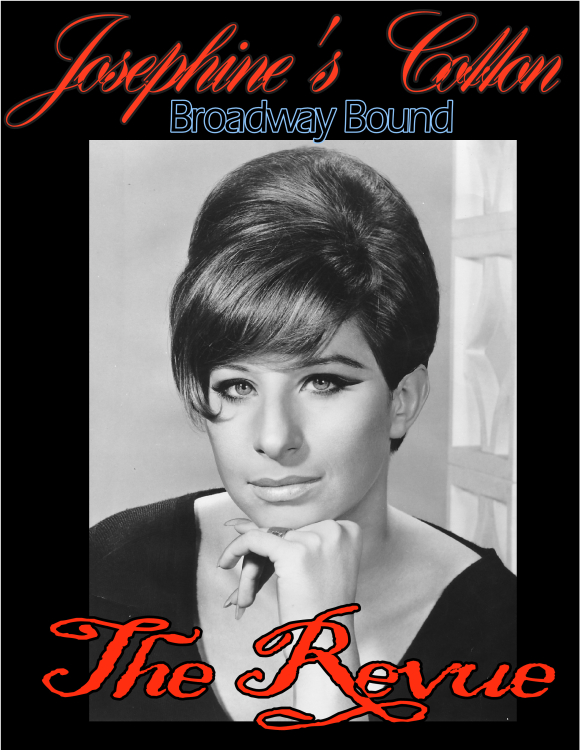
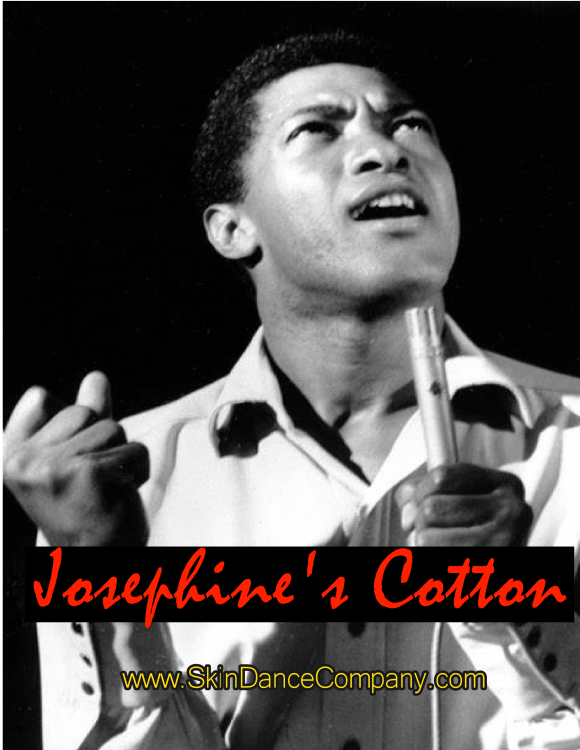

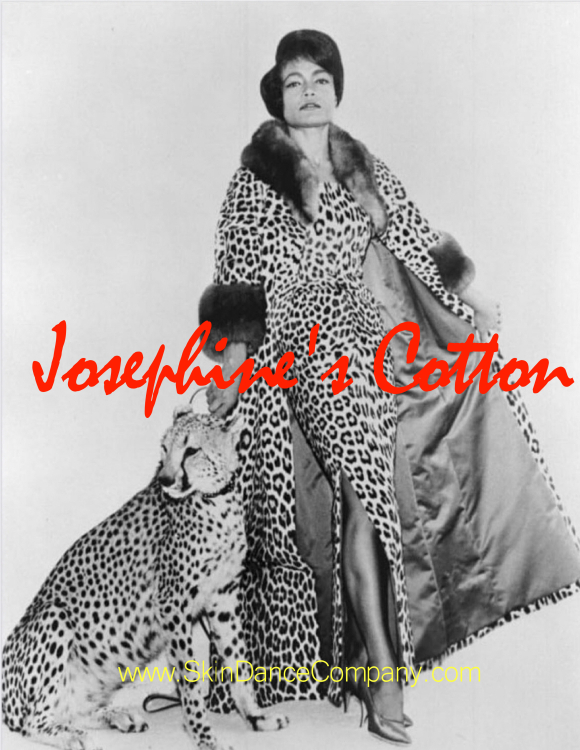
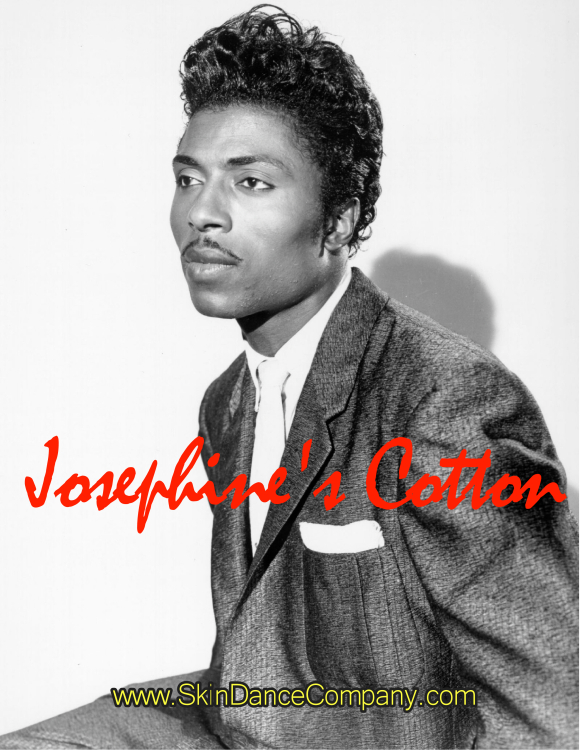
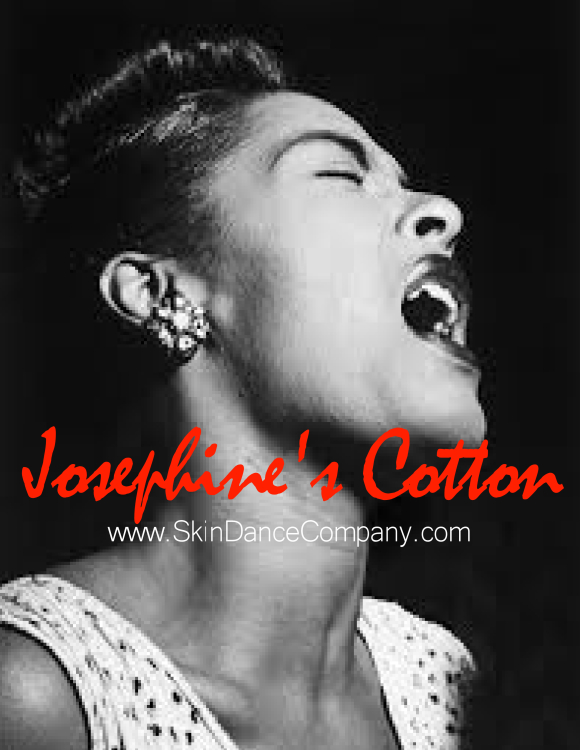
It is a common mistake to gauge the vitality of the American professional theater solely or even primarily by Broadway. No one would judge American writing only by the best seller list, American movies solely by the week’s top grossing film, or music merely by the groups that can fill a football stadium. Similarly theater is not described by its commercial operations alone.
We are convinced that the heart of American theater is the not-for-profit theater. Commercial theater gets the greatest attention in the popular press because of the size of its budgets, the concentration of activity on Broadway and environs, and the availability of the national media headquartered in Manhattan. By contrast the impact of any one not-for-profit theater is usually felt within a single community. Since theater is distinguished by being a live event, no other media can duplicate the aesthetic experience of theater. Thus, for many people, the not-for-profit theater is their main access to the theater experience.
Though it was once primarily a place where musicals and boulevard comedies went after they left Broadway, the not-for-profit theater is increasingly an important cultural engine developing new plays and musicals. It is the rare successful
Broadway show that originates on Broadway. We looked at the origins of Broad- way openings in the 2006–7 and 2007–8 seasons as examples. Of thirty-three openings in 2007, sixteen originated in the not-for-profit theater, and seven were imported from abroad. New Broadway productions in 2008 totaled thirty-two, of which nineteen were from not-for-profit theaters and five were from abroad.
In 2006–7, of fourteen shows that Variety, the primary trade journal of the entertainment industry, labeled flops, six originated on Broadway. Of eight shows labeled as hits, two originated on Broadway. Not-for-profit sources of hit shows included the La Jolla Playhouse, San Diego; Alliance Theatre, Atlanta; and Center Theatre Group, Los Angeles.
The Tony Awards for 2004 were a minisweep for the not-for-profit theater: best musical, best play, best revival of a musical, and best revival of a play all went to not-for-profit theaters or shows that originated in not-for-profit theaters. Between 1999–2000 and 2007–8, 61 percent of the “Best . . .” Tony Awards went to not-for-profit productions or not-for-profit originated productions, and 17 per- cent went to productions originating abroad. Fewer than one-quarter of these superlative kudos—22 percent—went to shows originating on Broadway.
Copyrighted Material/ SKIN Dance Company/ Affiliates Usage Only

In Josephine's Cotton- The Revue, The First Black American Superstar dives deeper into her childhood, adult life experiences and reflections through imagining a world that might exist during the Harlem Renaissance movement. Imagine All of the Icons Meeting the Great Josephine, Billie Holiday, Sam Cooke, Eartha Kitt, Carmen Miranda & More! This fictional portrayal through stories of pioneers are timeless and sure to capture audiences globally. Josephine's experiences with a cast of exuberant influential icons will prove to be as timely as they are potent.
SKINMULTIMEDIA@GMAIL.COM
Josephine's Cotton THE REVUE- Produced by Tina Thompson
OFF-BROADWAY Production ROY ARIAS THEATRE'S
Photography by Andrew Mark Williams
Set Design by Lance Pope
Costume Design by Tina Thompson/ Jessica Morales
Assistant Choreographers: Josef Woodson/ Natasha DeVaughn
Public Relations: Charlotte Allen
Wardrobe Assistant: Luke Destin
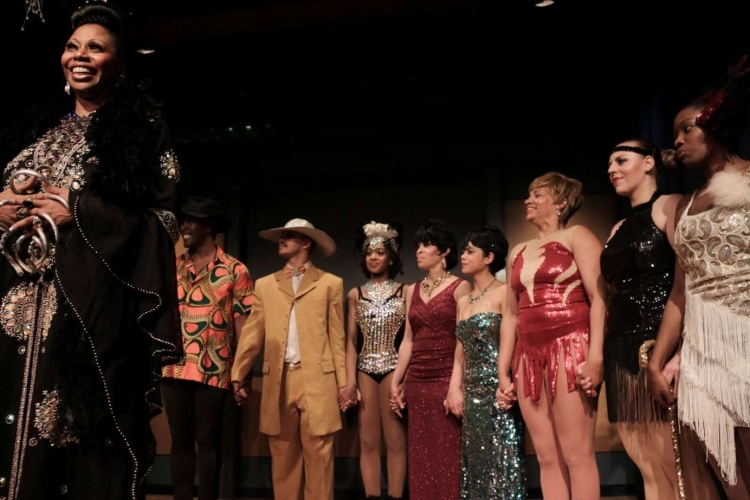
Tina Thompson-Pope
Jessica Morales
Josef Woodson
Natasha DeVaughn
Joi Favor
Kiara Brown
Ronald Belger
Charles Carter
Lance Pope
Thomas Matthew Shands
Nia Simone
Jade Roberts
Katie Oliver-Reyes
Luke Destin

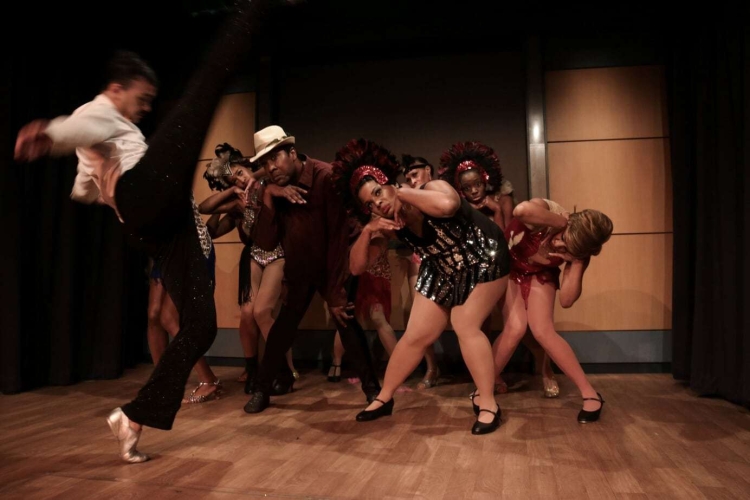
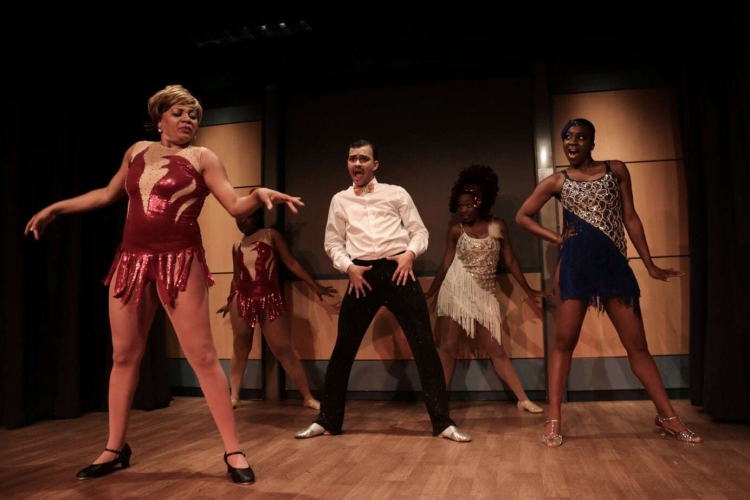
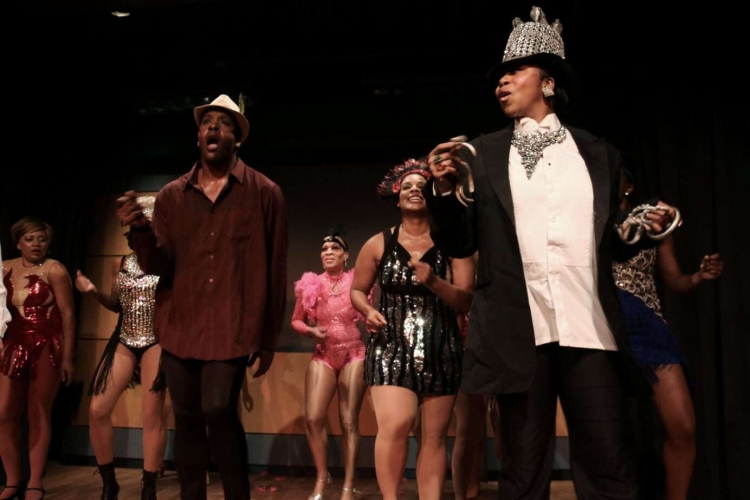
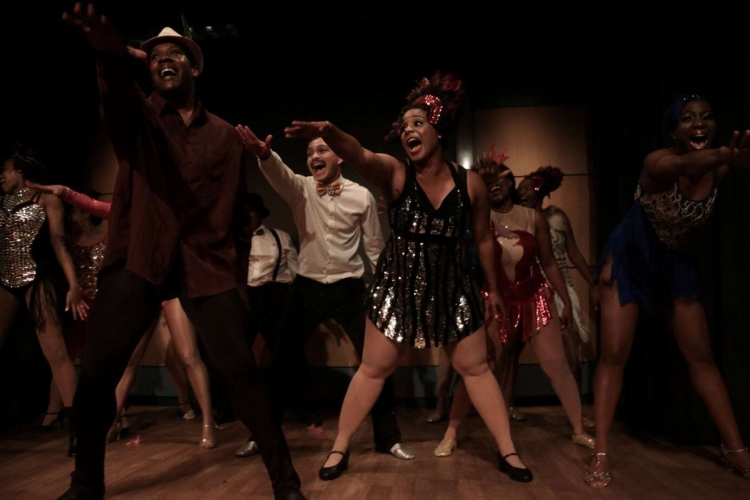
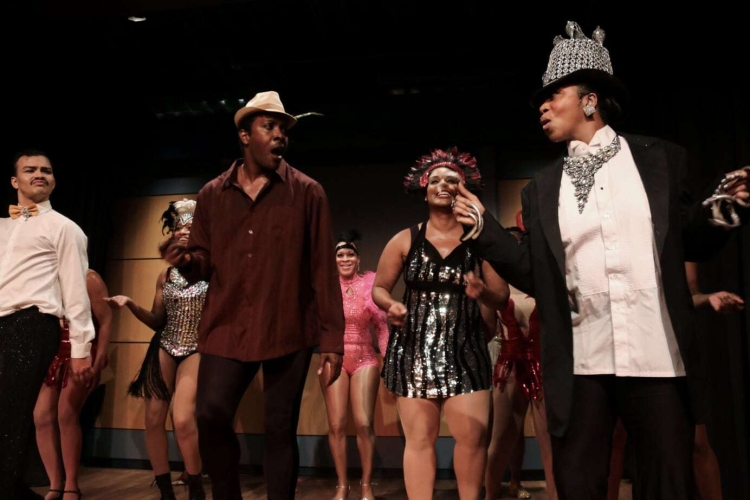
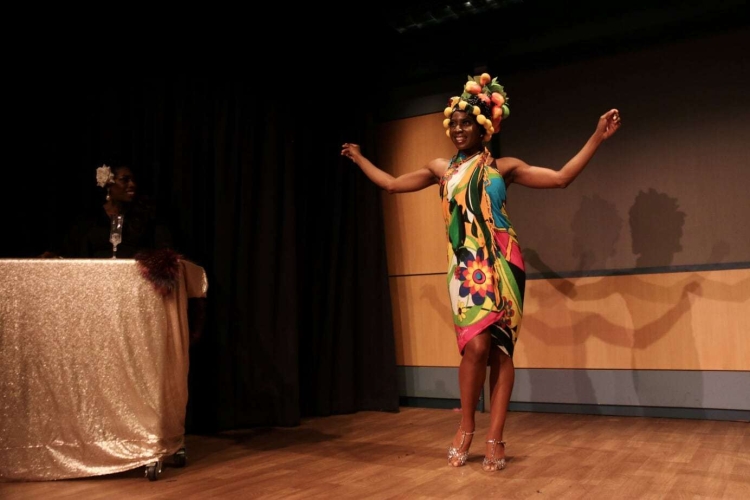
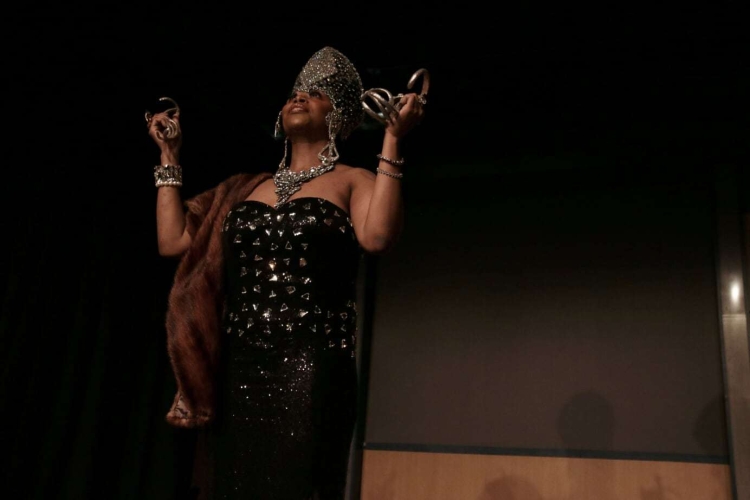
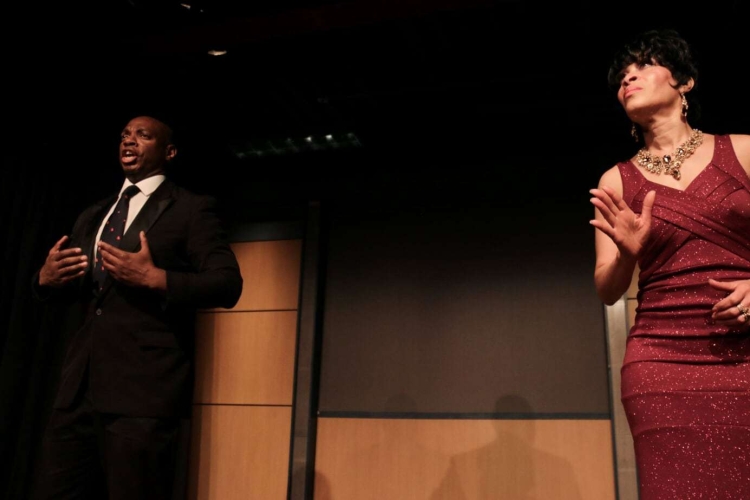
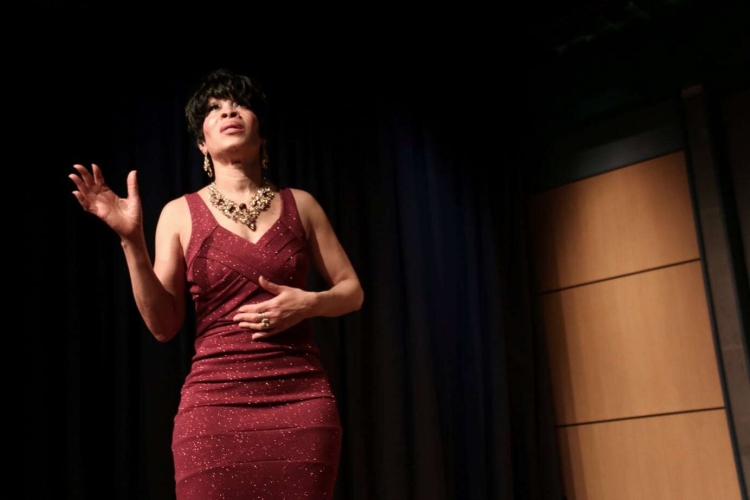
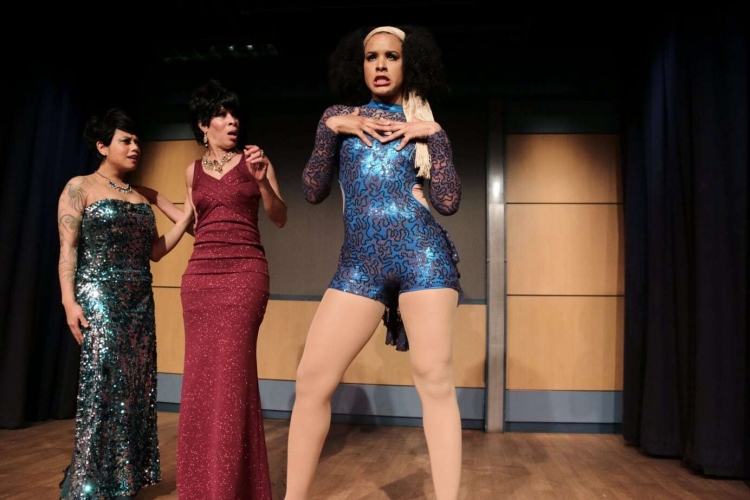
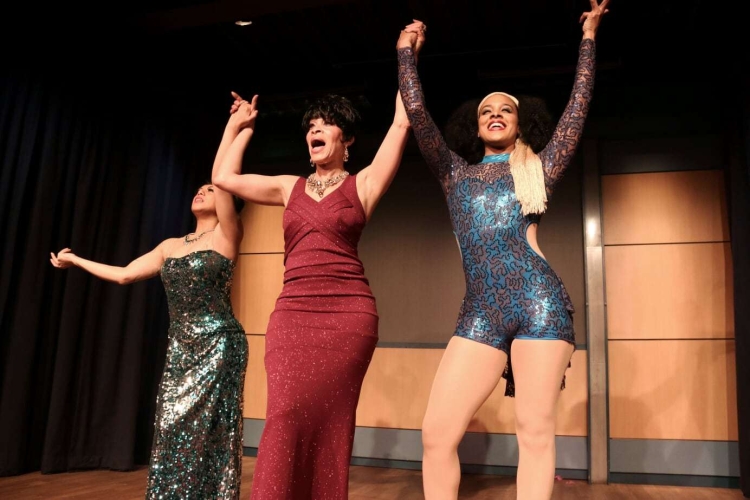
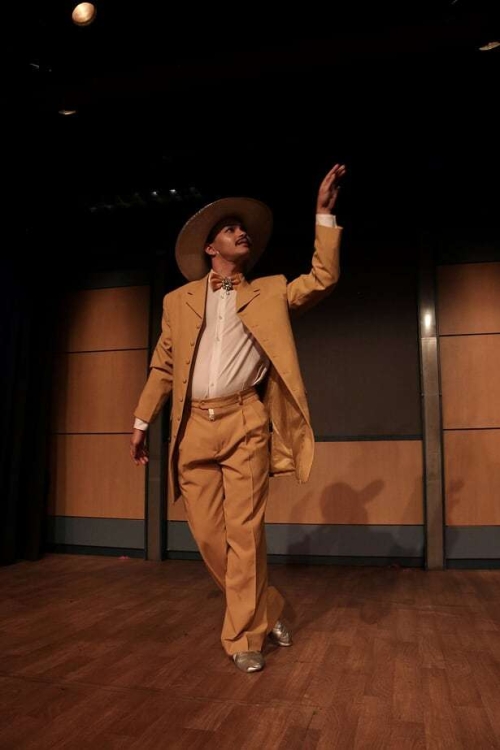
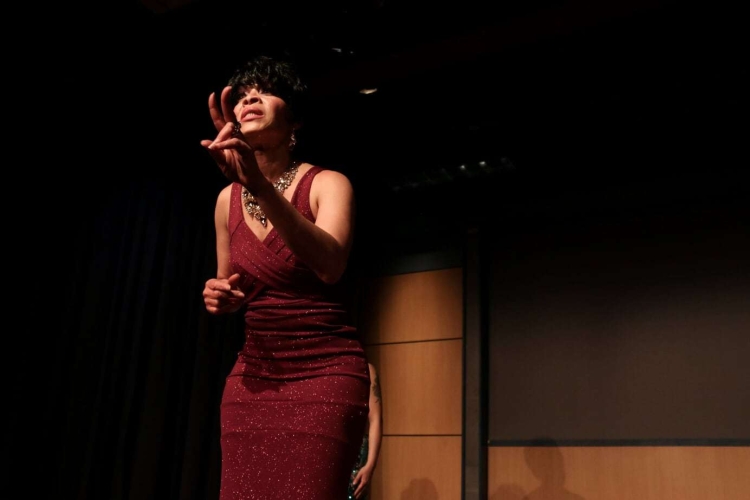
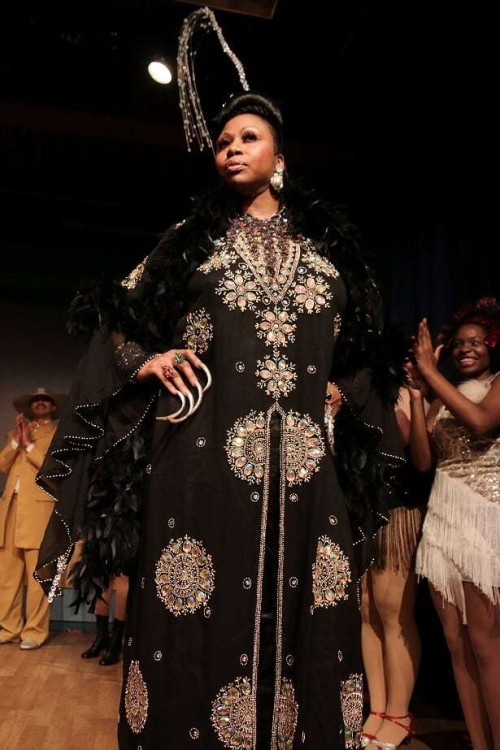
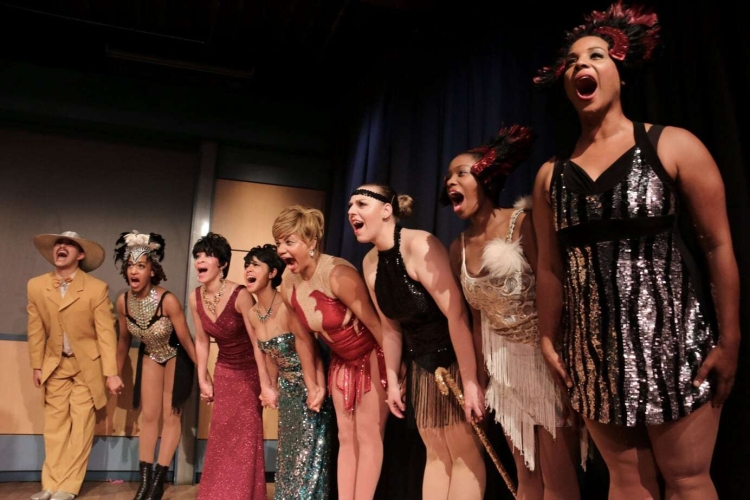

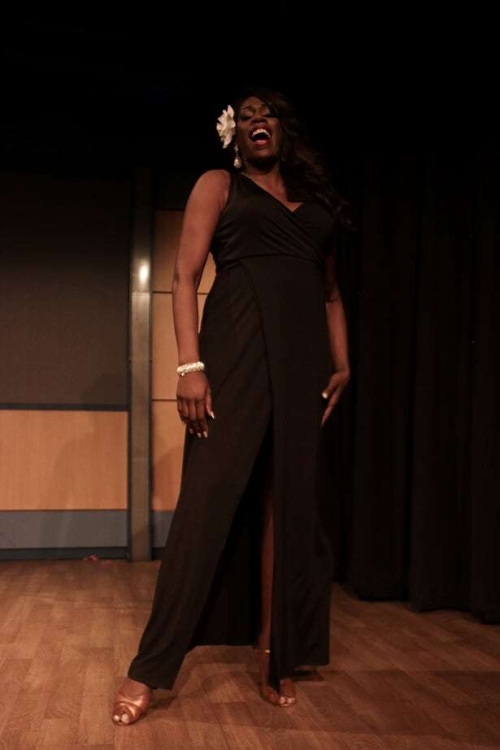
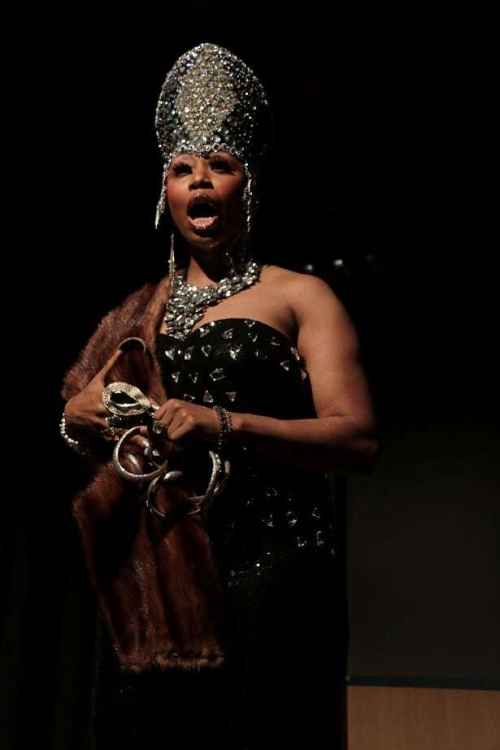
A New Musical Produced, Conceptualized and Choreographed by
Tina Thompson-Pope
Special Guest Performers/ Choreographer's
Set to Music from Various New Pioneer Artists
In Greek mythology, Terpsichore is one of the nine Muses and goddess of dance and chorus. She lends her name to the word "terpsichorean" which means "of or relating to dance". She is usually depicted sitting down, holding a lyre, accompanying the dancers' choirs with her music. Her name comes from the Greek words τέρπω ("delight") and χoρός ("dance"). She was also said to be the mother of the Sirens and Parthenope by Achelous. In some accounts, she bore the Thracian king Biston by Ares.

'ALL THINGS ARE DONE THROUGH HIM'






